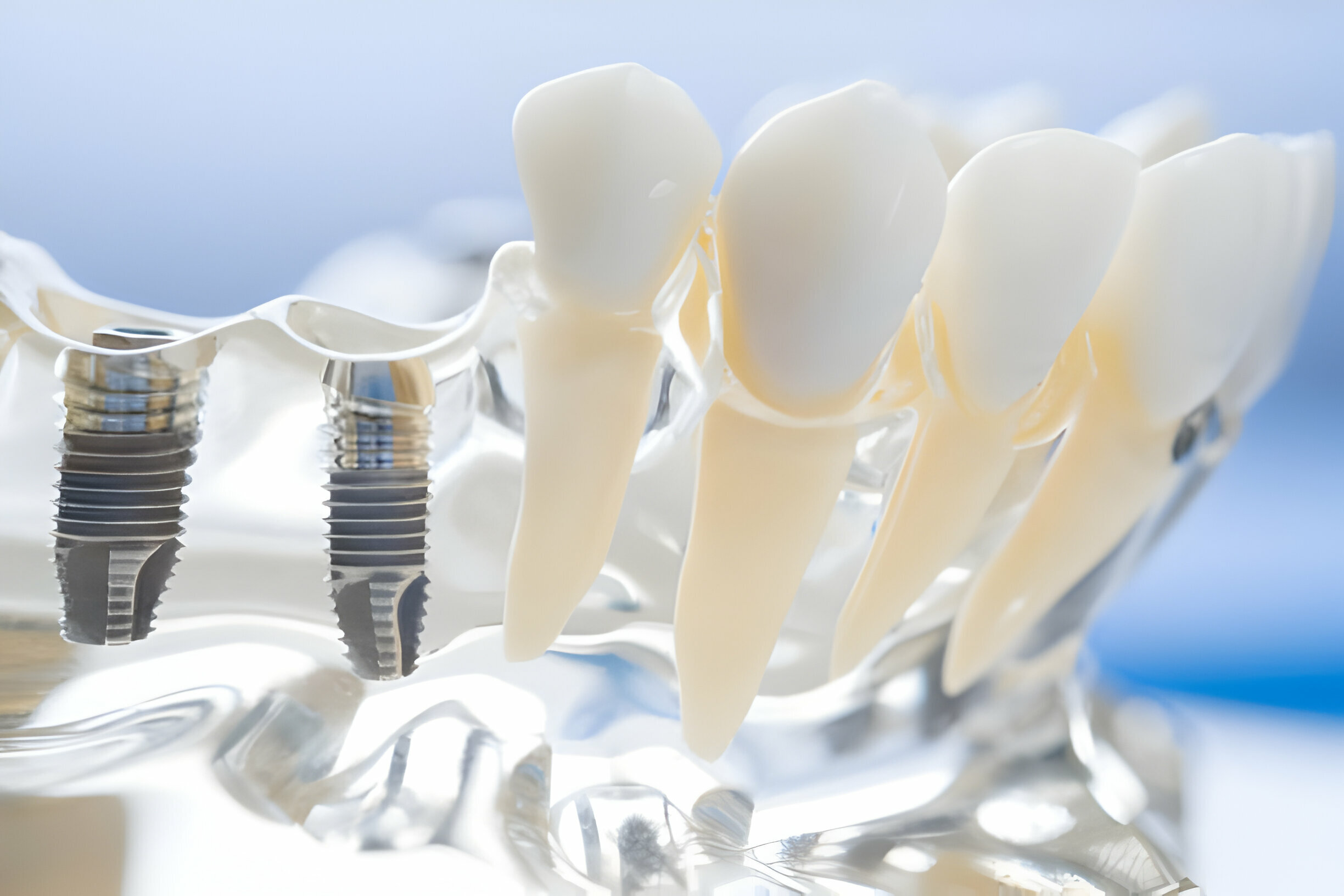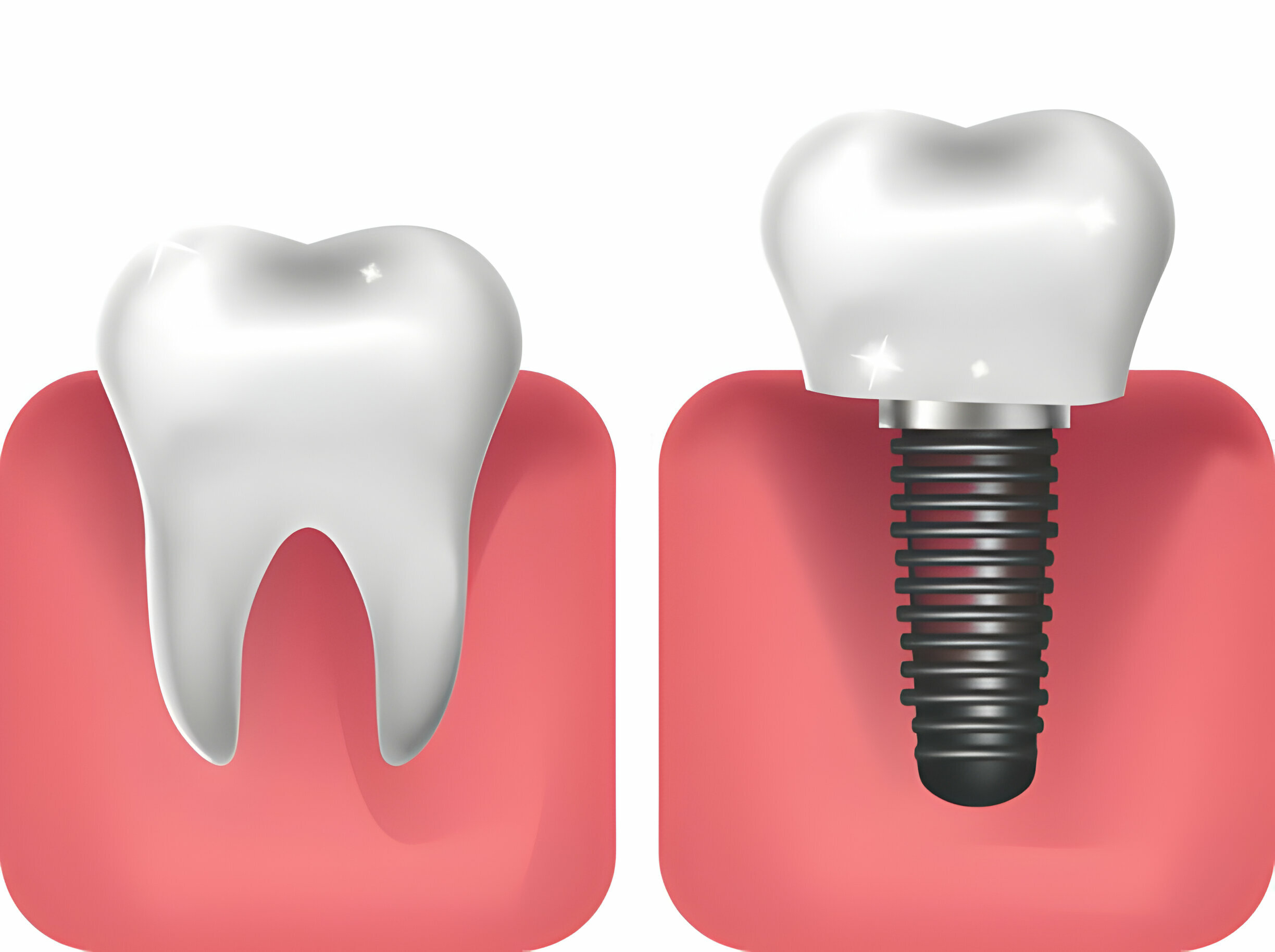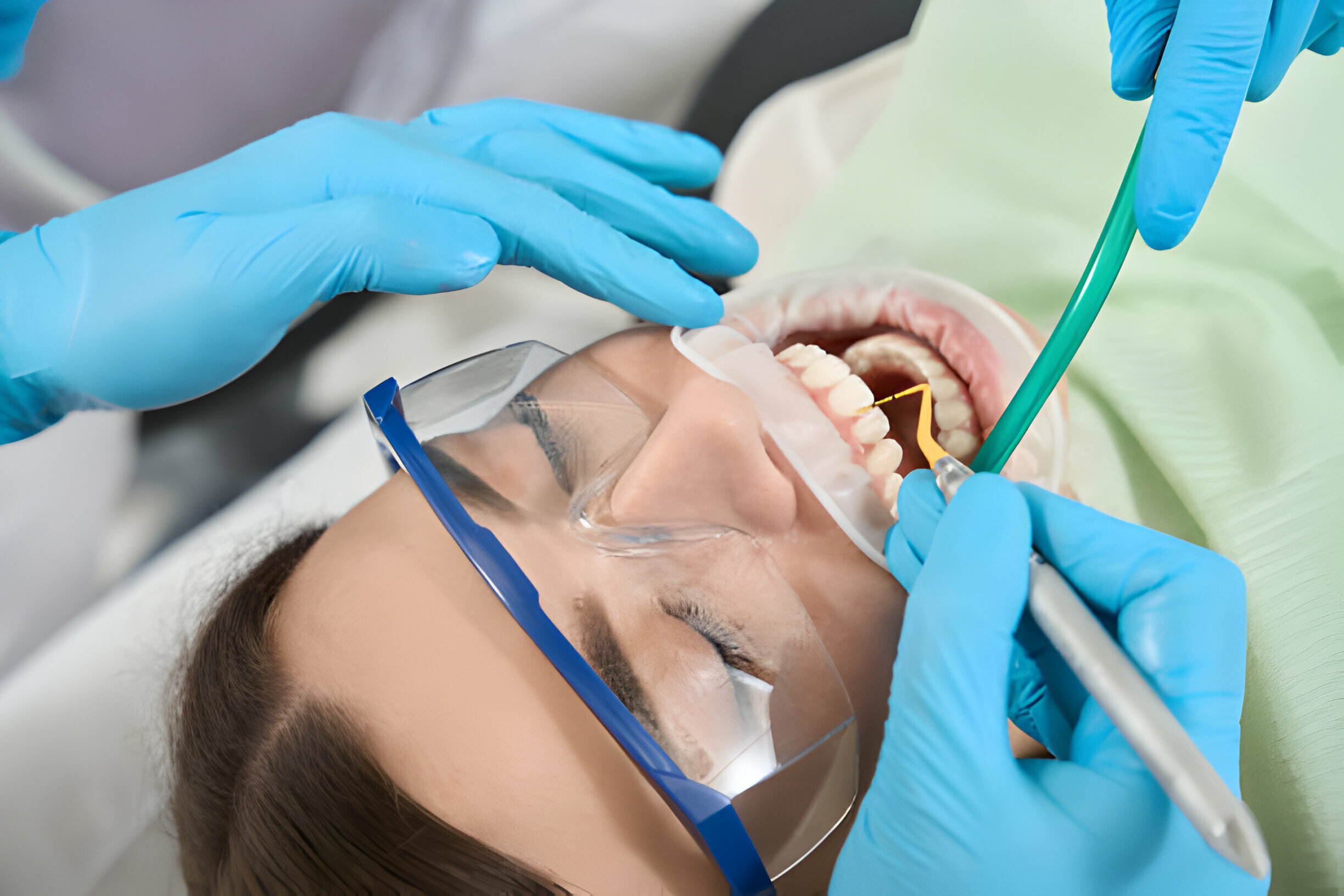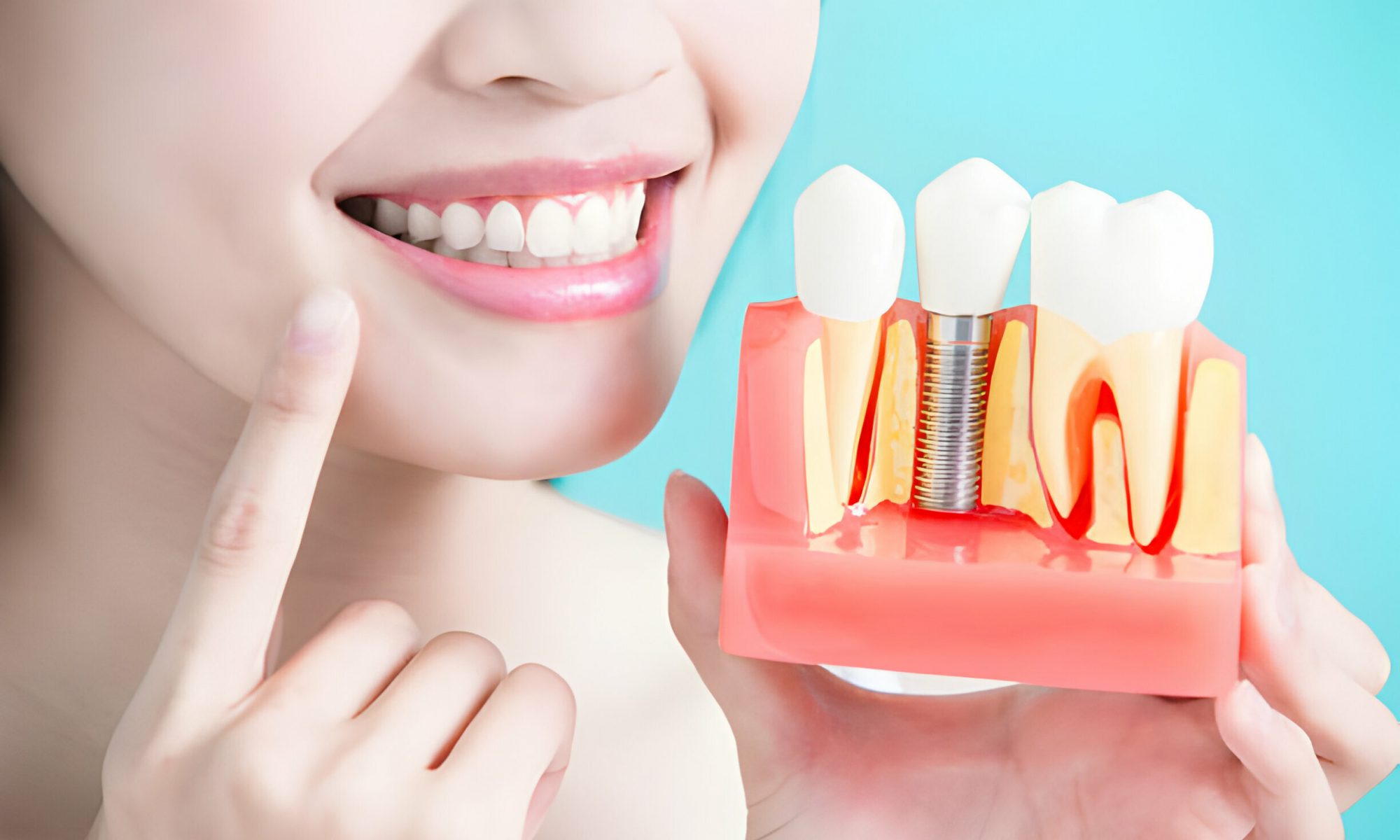Summary:
Have your dental implants come loose, and you don’t know what to do? Then, this page is meant for you.

Losing a tooth is a common problem among individuals of different groups, but you can increase your tooth’s functionality with dental implant fixing. However, sometimes dental implants can come loose for various reasons.
This article will discuss topics like:
- What Happens When Your Implant Is Loose?
- What are the Signs of Unsteady Fixtures?
- Reasons Why Dental Implants Come Loose?
- Necessary Actions to Take When Your Dental Fixtures Become Loose
- Home Remedies to Temporarily Secure Loose Implants
Continue reading as we understand how to fix loose dental implants in the following sections.
What Happens When Your Implant Is Loose?
Dental implants are artificial tooth roots designed to support or replace a missing tooth and restore an individual’s oral functionality. Around 56.3% of the population have opted for fixtures as a treatment plan, among other options. Although fixtures are placed firmly by Dentist Prairie Village KS, sometimes they may become unsteady due to improper integration, poor bone quality, or excessive biting force on the fixture.

When a fixture becomes loose, it’s a concerning sign that warrants attention. It usually occurs due to implant failure or not being appropriately secured to the abutment. Negligence to the unsteady movement may cause discomfort and irritation around the tissues and cause infection.
As a result, basic activities like speaking or chewing food can become more complex and painful.
What Are The Signs Of Loose Fixtures?
Detecting a dental implant loosening is essential for maintaining oral health. Here are some signs to watch out for:
- Discomfort or pain: If you feel pain or discomfort around the fixture, especially when biting down or chewing, it could indicate a problem.
- Movement in the cavity: Gently touching or pressing the implant may reveal movement or a wobbly sensation, suggesting it’s not firmly in place.
- Swelling and redness: Inflammation around the gums near the appliance’s site may occur, leading to swelling, redness, or tenderness.
- Changes in bite: A loose implant might affect your bite alignment, making it difficult to chew or speak properly.
- Sensations: Some people report unusual sensations like clicking or shifting when using the area around the appliance.
- Gum recession: Receding gums around the implant area could indicate underlying issues such as bone loss or fixture failure.
If you notice any of these symptoms, it’s essential to consult with your dentist promptly. Early detection and intervention can help prevent further complications and ensure the longevity of your implant.
Reasons Why Dental Implants Come Loose?
Implants are crucial for dental restoration, providing stability and functionality similar to natural teeth. However, the appliances may become unsteady after a dental implant procedure despite their resilience, prompting concerns and requiring attention. Here are a few reasons fixtures come loose:
Improper Fit:
Precise positioning and appropriate sizing are essential for implants to integrate effectively with surrounding structures. Any deviations from the ideal fit can lead to instability over time.
Wear and Tear:
Like natural teeth, fixtures experience wear and tear, particularly when subjected to excessive pressure while chewing and biting. Over time, this can weaken the implant-to-bone connection, leading to loosening.

Dental Trauma:
Accidental trauma, such as sports injuries or falls, can exert significant stress on fixtures, potentially causing them to become dislodged or unsteady.
Insufficient Bone Support:
Adequate bone density is vital for the long-term success of fixtures. Insufficient bone support can compromise stability due to bone loss or anatomical limitations.
Poor Oral Hygiene:
Proper oral hygiene is crucial for appliance health. Neglecting regular brushing, flossing, and professional cleanings can lead to plaque buildup and bacterial infections, possibly leading to the appliance’s unsteadyness.
Necessary Actions To Take When Your Fixtures Become Loose
Finding out that your implant feels loose can be concerning. It’s essential to act swiftly and appropriately to address the issue. Here are some immediate steps you should take:
- Remain Calm: It’s natural to feel anxious, but staying calm will help you think clearly and take the necessary steps.
- Assess The Situation: Gently check the area to determine the extent of the loosening. Note any discomfort or unusual sensations.
- Avoid Touching: Refrain from touching or moving the unsteady fixture too much, which could worsen the problem.
- Contact Your Dentist: Contact your dentist or oral surgeon immediately. Explain what happened and follow their advice.
- Follow Professional Guidance: Your dentist will provide instructions tailored to your situation. They may recommend scheduling an emergency appointment or taking temporary measures to secure the appliance.
- Maintain Oral Hygiene: Continue brushing and floss gently around the area, but be careful not to disturb the loose tooth implant repair further.
- Avoid Hard Foods: To prevent additional stress on the fixture, avoid eating hard or crunchy foods until the loose crown implant has been assessed and appropriately secured.
- Monitor Symptoms: Pay attention to any changes in pain, swelling, or bleeding. Inform your dentist if you notice any changes.
- Keep Scheduled Follow-ups: If you have upcoming appointments, inform your dentist. They can monitor the implant’s progress and make adjustments as needed.
- Seek Prevention Advice: Ask your dentist about potential causes of the loosening, how to prevent it, and if screwed-in teeth can help.
By taking these necessary steps and seeking prompt assistance from your dentist, you can effectively address the issue and ensure the health of your implant and surrounding tissues.
Home Remedies To Temporarily Secure Loose Implant
Dental Cement:
Dental cement can be applied effectively by filling the gap between the fixture and the surrounding gum, providing stability until a dentist can address the issue.
Denture Adhesive:
Denture adhesive or tooth implant glue offers a quick fix for unsteady oral implants by creating a temporary bond between the implant and the surrounding tissue.
Toothpaste:
Utilizing toothpaste around the base of an unsteady appliance can offer short-term stability until a dent is made for a more lasting fix.
Clove Oil:
Clove oil, renowned for its numbing and antiseptic properties, can be applied around a loose dental implant to alleviate discomfort and inflammation temporarily.
Key Takeaways:
- Dental implants replace the missing tooth and restore teeth’s overall functionality. Around 56.3% of the world’s population prefers dental implants over other treatment options for missing teeth.
- Pain, discomfort, redness, swelling, gum recession, etc, are signs of unsteady fixtures.
- Maintain oral hygiene, avoid hard or chewy food, and contact your dentist immediately in case of unsteady implants.
- Use toothpaste, adhesive, dental cement, or clove oil to secure loose implants temporarily.
- Don’t wait for the inevitable; connect with our experts at Cope Dentistry to know more!

